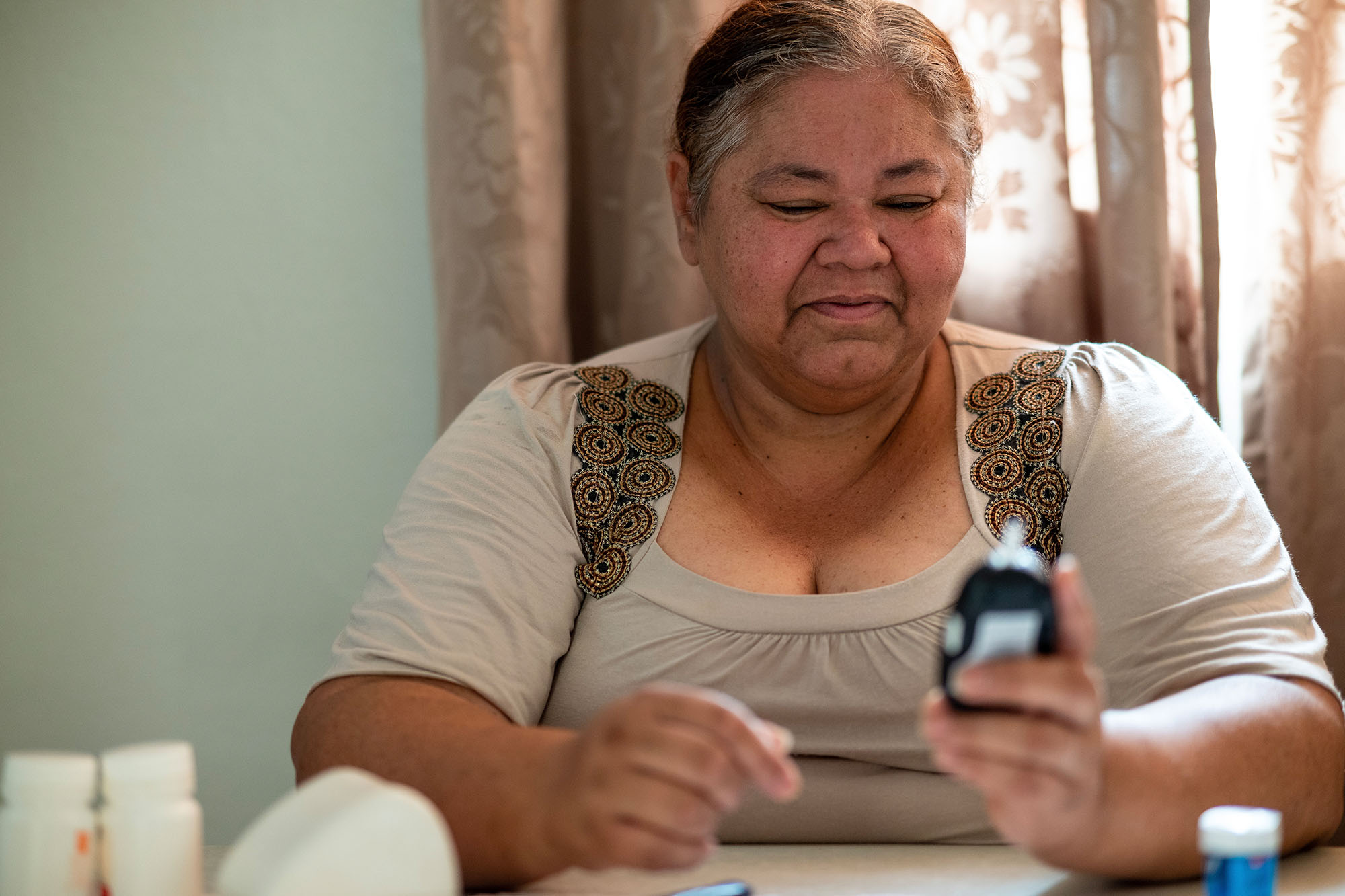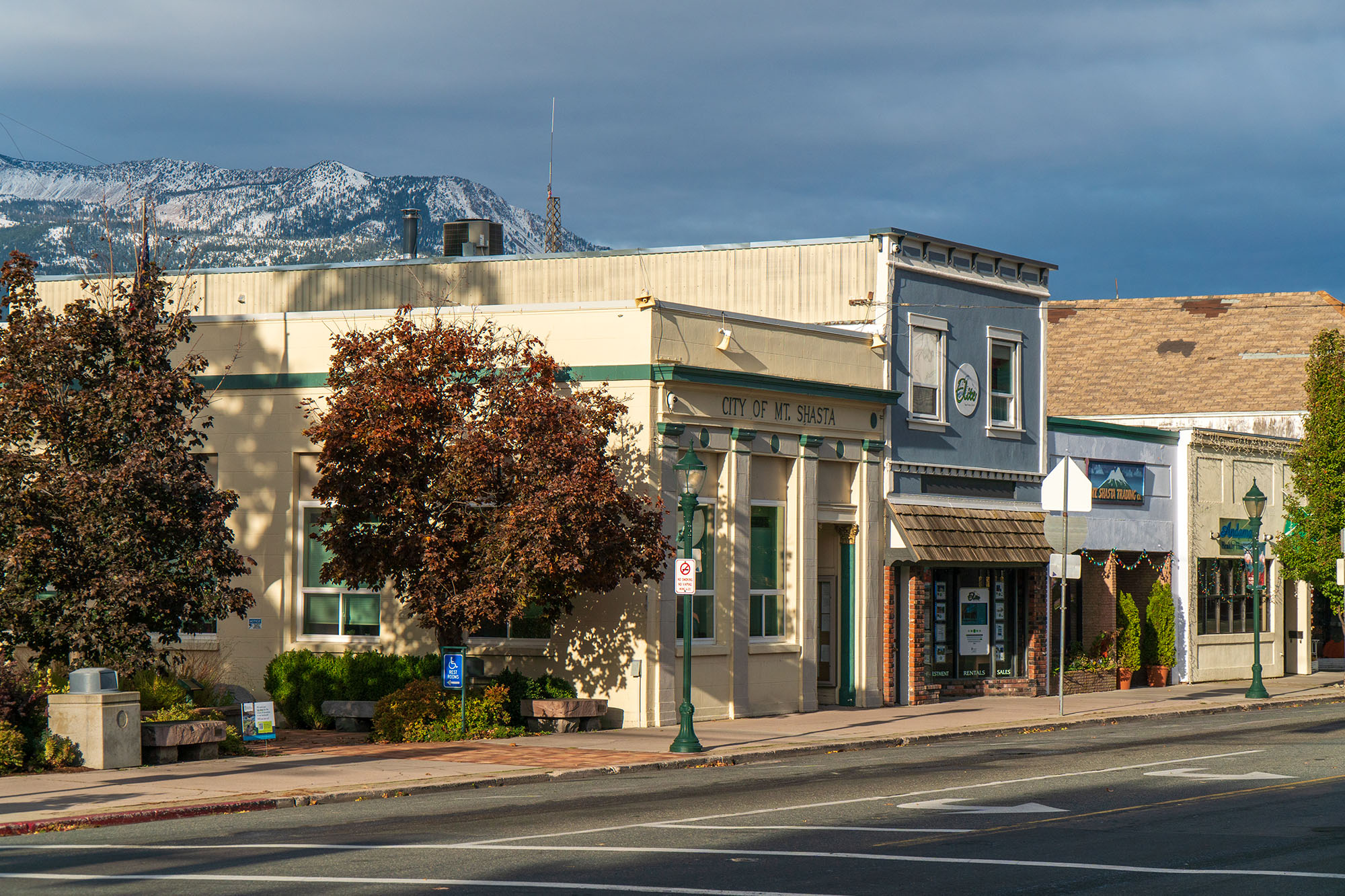|
Getting your Trinity Audio player ready…
|
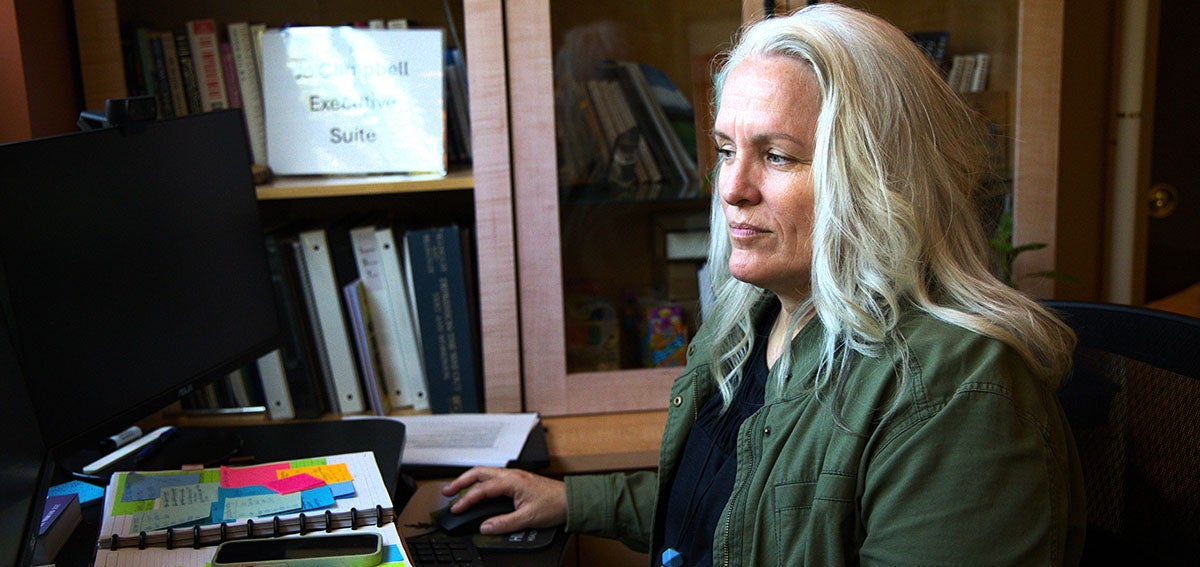
It happens to lots of people during their working lives: Your body just can’t do it anymore. You need rest, recuperation, maybe physical therapy, or even surgery before you can resume your place on the assembly line, at the hospital bedside, in the driver’s seat, or bending over a hot stove.
That’s what happened to Melissa Hamilton. Last November, she was working as a server at a restaurant near Redding in California’s Shasta County. Her hands gave out from carrying heavy plates to and from the kitchen. “The pain went up through the roof,” she remembers. She went to a local emergency room.
At the time, she didn’t have health insurance or a primary care provider. After some back and forth, she was enrolled for Medi-Cal benefits through Partnership HealthPlan. The Federally Qualified Health Center (FQHC) where she is now being seen and treated, Shasta Community Health Center, serves some of the highest-risk populations in the state. At this FQHC, 82% of all patient visits are paid for by Medi-Cal, California’s Medicaid program, accounting for 60% of the center’s revenue.
‘It Would Cut Both Our Bread and Our Butter’
People like Hamilton and clinics like Shasta Health are at particularly high risk if Congress follows through on its plans to make $880 billion in cuts to the Medicaid program over the next decade. The cuts being discussed “would impact our ability to provide quality care for this patient population,” said Darrick Nelson, MD, Shasta Health’s chief medical officer. “Generally, all FQHCs are on shoestring budgets as it is. It would cut both our bread and our butter.”
He worries about many groups of patients, such as people with low incomes between 18 and 65 years old whose Medicaid eligibility was created by the Affordable Care Act. That’s the category Melissa Hamilton falls into. At 49, she’s worked her entire adult life but had never qualified for Medicaid until recently. “If you make $2,000 a month, that is too much,” she said. Now that she’s working 25 hours a week as a vendor at Costco and is living in a shelter, she meets the eligibility requirements.
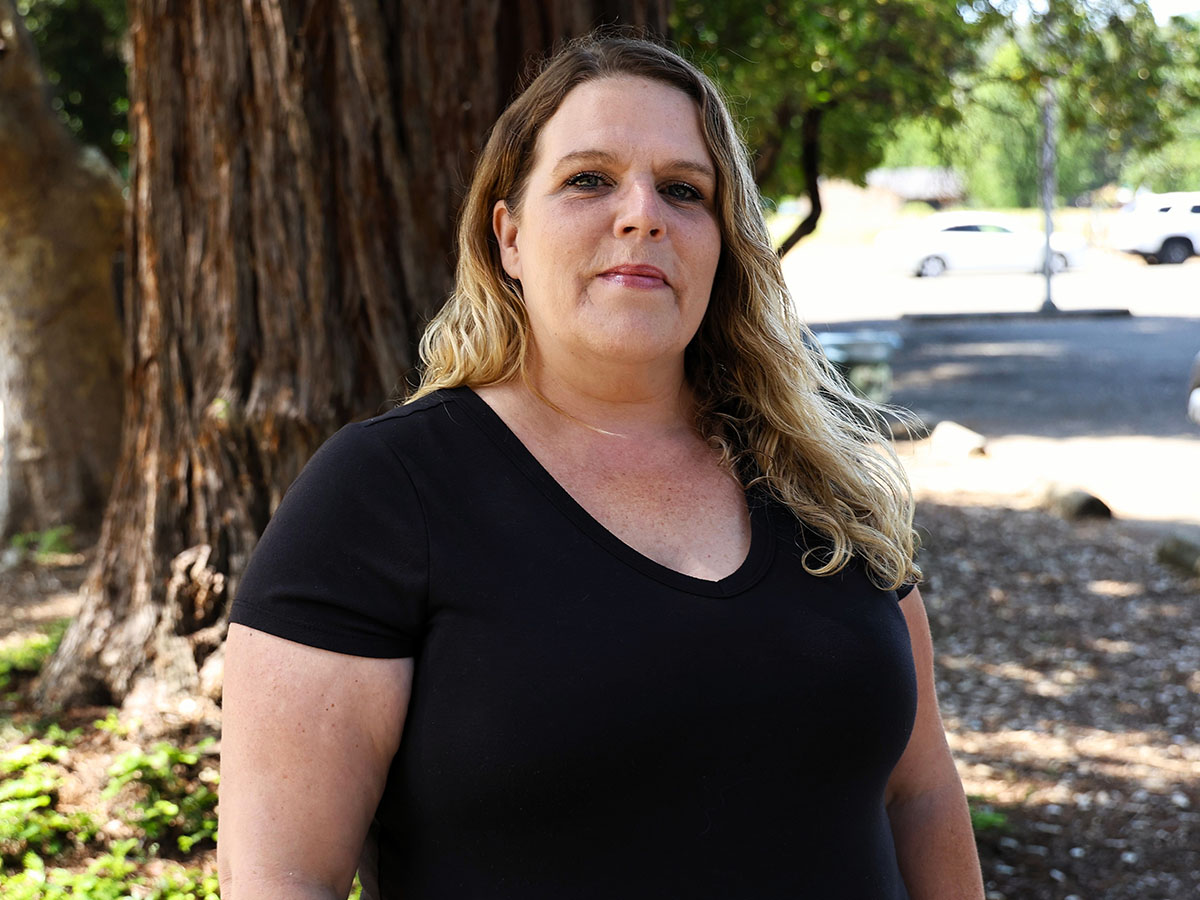
At Shasta Health, Hamilton has a regular doctor she likes. She gets physical therapy, an orthopedic consult, and lab work. “They are overall looking at my health, trying to get me back to a manageable pain level. If I did not have the continuum of care, I do not know what I would do,” she said.
27,000 Square Miles of Mostly Wilderness
California’s First Congressional District encompasses 27,000 square miles of remote territory stretching from north of the Sacramento airport all the way up to the Oregon border and from Mount Shasta in the west to Nevada in the east. It includes the upper part of the Central Valley and mountainous national forest regions. While Chico and Redding are the district’s largest cities, the population density in those places is very low, and the lifestyle is rural.
“Where I live is like the West Virginia of California,” said Jo Campbell, LCSW, the CEO of Hill Country Community Clinic in Round Mountain, California, population 160. The FQHC is 35 miles up a winding road northeast of Redding. “The majority of my patients are at or below poverty level.”
Of the 760,000 people who live in District One, 327,000, or 43%, are covered by Medi-Cal. The area has one of the highest rates of Medicaid participation of any congressional district in the nation. In California only a handful of districts in the Central Valley and the Inland Empire are more reliant on Medi-Cal.
‘The Sickest Area in All of California’
Hill Country Community Clinic serves 8,000 patients and records 40,000 visits a year. It employs 180 people at seven locations and has an annual budget of $22 million, including grant funding. It offers full medical and dental services and a “quite robust” behavioral health program that is fully integrated with primary care. People have 24-hour access to mobile urgent mental health care. Medicare and Medi-Cal together account for 75% of the FQHC’s revenue.
People in this congressional district, Campbell said, “have limited resources. They have all the disproportionate outcomes related to lack of access to opportunity. There is a lot of trauma and poverty. We are the sickest area in all of California. We have the worst health outcomes and a low vaccination rate.”
A key indicator of the headwind that hinders the progress of local residents is the region’s Adverse Childhood Experiences (ACE) scores, she said. ACE numbers are a measure of childhood trauma that predict the future local prevalence of adult chronic conditions. A score of four or higher suggests greater likelihood of heart disease, cancer, metabolic disease, substance abuse, and mental health problems, Campbell said. The average score in California is two; in Shasta County it is five.
What would happen at her clinic if the Medi-Cal funding got cut? “If I am going to lose 30% of my revenue, I will have to make a 30% reduction” in the staffing and services that are available for patient care, Campbell said.
Fragile Rural Health System
“We are very worried about the long-term impact of these cuts,” said Sonja Bjork, JD, the CEO of Partnership HealthPlan. “What it will do to provider networks; what it means to access to care, especially primary care; what it will do to the chronically ill and infirm; what it means for hospitals and their employees.”
Partnership is the Medi-Cal health plan for 279,000 people in the congressional district, of whom 54,000 are seniors with low incomes or people with disabilities. It also employs 1,400 people there. “We are very familiar with how fragile the health delivery system is in the rural areas,” said Bjork. “The hospitals, providers, and doctors rely on Medi-Cal. That is a big portion of their payer mix, their income. If there are major cuts, that is going to really destabilize some providers.”
Bjork thinks deep funding cuts may turn out to be hospital killers. Rural, critical access hospitals are already on the ropes in many parts of the country. This could finish them off.
One Emergency Bed
One such institution is Surprise Valley Community Hospital in Cedarville (population 437), operated by the Surprise Valley Health Care District. It serves a string of isolated hamlets squeezed between the South Warner Wilderness and the Nevada border. This hospital has one emergency bed, four acute beds, and 22 long-term care beds. It has 75 employees and operates on an annual budget of $10 million. It is the smallest hospital in California.
“If they cut Medicaid, it would be devastating to our facilities,” said Frances Hannah, the CEO and administrator. “I have already cut out physicians. Myself, the administrator, I can draw blood. I drive the ambulance. My ambulance coordinator is also infection control. We are down to the bare minimum of services we can offer.”
If the hospital closes — a real possibility, Hannah said, if the budget cuts go through — the next closest hospital would be Modoc Medical Center, which is just 23 miles away but is only accessible via a mountain road that traverses an elevation of 7,000 feet and is often impassable because of winter snow. Accessing a higher level of care entails driving five hours or using a medical airlift, she said. An average 52-mile domestic ambulance flight can cost uninsured or privately insured patients well over $12,000 depending on the circumstances, according to the National Association of Insurance Commissioners.
While health care leaders are worried about the effects of these Medi-Cal budget cuts, the general public has yet to grasp the severity of what is at stake. Part of the issue is confusion around the nomenclature of health care itself.
“Up here, what we see, people come, they say, ‘I have my insurance, it’s Partnership,’” said Brandon Thornock, MHA, CEO of Shasta Health. “A lot of people don’t connect the dots: Partnership is Medi-Cal, Medi-Cal is Medicaid. Medicaid is what they’re talking about cutting at the federal level. If they cut Medicaid, it’s going to affect your health care.”
Authors & Contributors
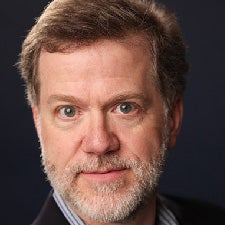
J. Duncan Moore Jr.
Freelance author
J. Duncan Moore Jr. is a freelance writer based in Kansas City, Missouri, who has been writing about health care for more than 25 years. He is a founder of the Association of Health Care Journalists.




